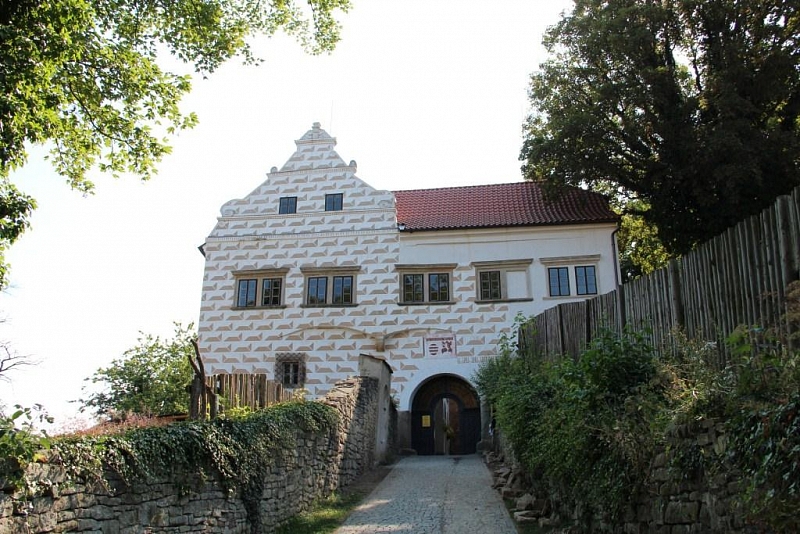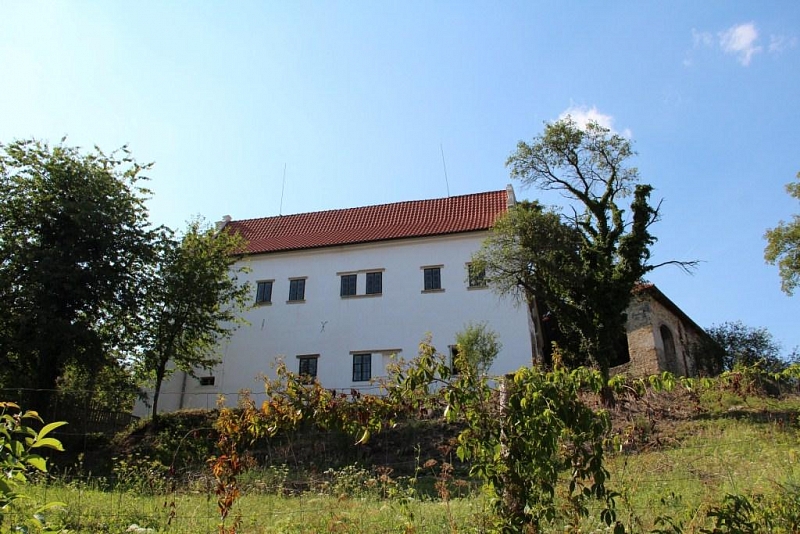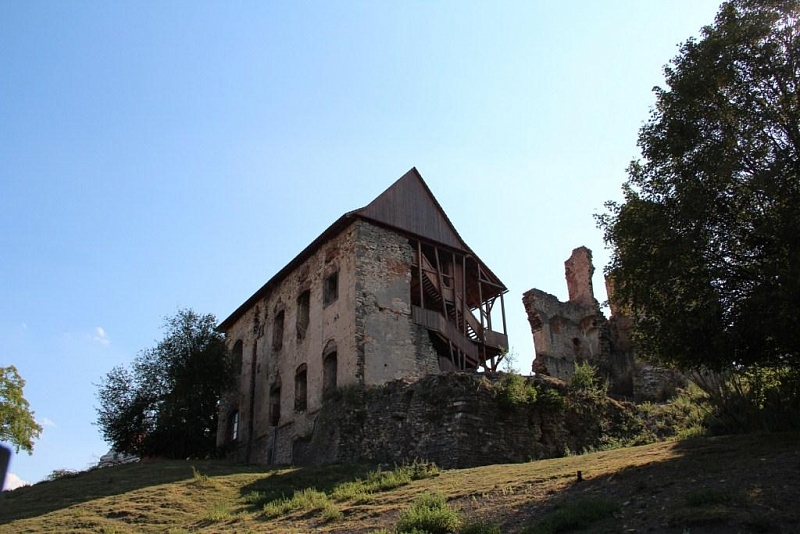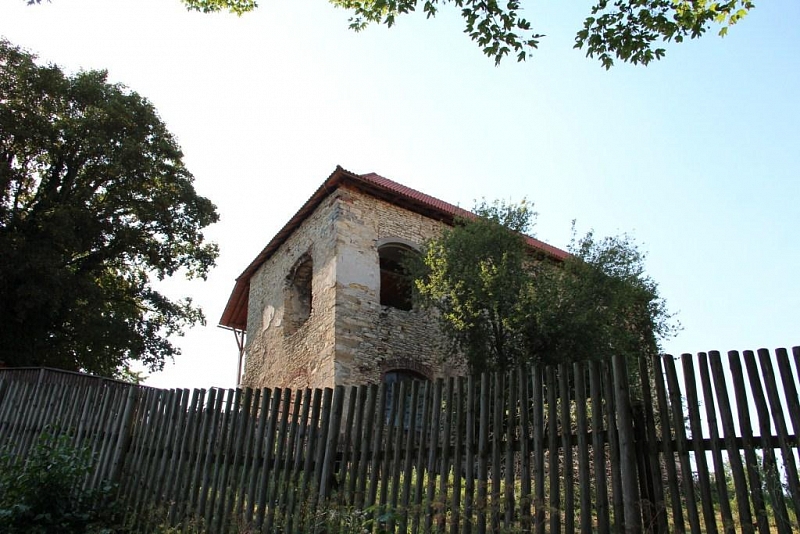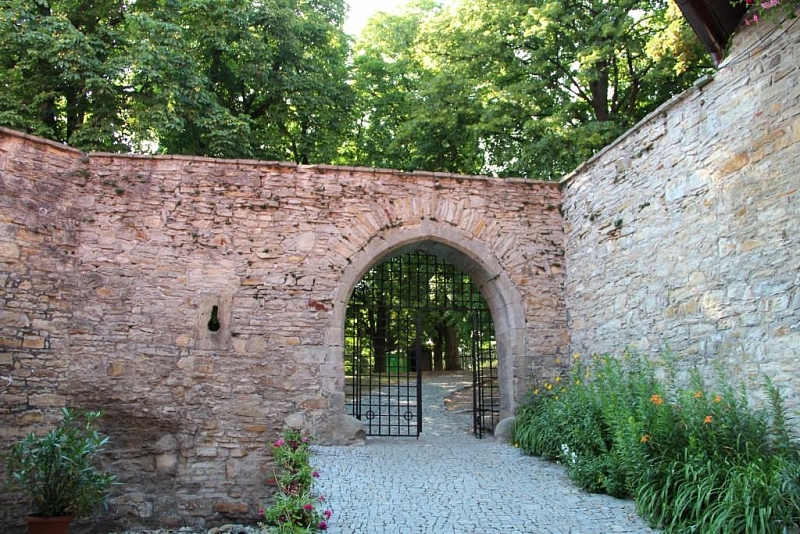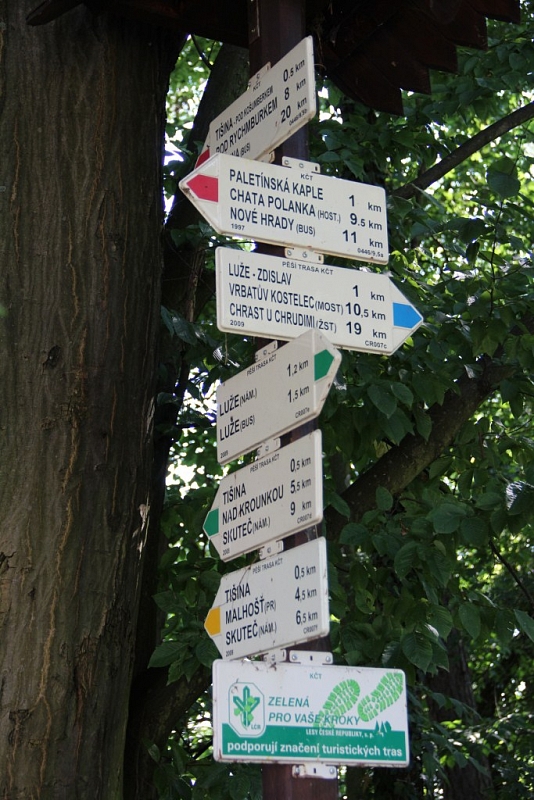Košumberk (ruins)
Visit with us the setting of Alois Jirásek's novel In Foreign Services, the ruins of the Košumberk castle. It will charge you with the energy radiated by its half-destroyed walls. Maybe you will just hear medieval music or you will witness a knightly battle. There are a lot of attractive events taking place here.
Information for visitors
Interesting facts Košumberk (ruins)
The castle was founded around 1300. It was later rebuilt in the late Gothic style by the Lords of Chlum. It burned down in 1573 and less than thirty years later a large Renaissance chateau was added. In the second half of the 16th century, a Czech Brethren school was established in Košumberk. Young Protestant nobles such as Albrecht of Wallenstein or Vilém Slavata were raised here. It became the property of the Jesuits and they established their residence and church here. From the end of the 18th century, the castle is deserted and begins to turn into a ruin. The torso of the square castle tower, part of the palace walls, the gate and the remains of the fortifications have been preserved to the present day. A castle museum, a ceremonial hall, a museum library and a lecture hall were established from the burgrave's building.
A part of the chateau was also a romantic park of the English type, which was supplemented by various buildings, of which only the castle ruins and the Chinese pavilion have been preserved to this day. The park is depicted in a set of hand-painted engravings by A. Pucherna.
The town of Luže, where Košumberk is located, attracts visitors to other monuments. Among the most important are the synagogue and the Jewish cemetery. The synagogue dates from the 18th century and has been renovated. In the adjacent cemetery you can find graves from the 17th century. The pilgrimage church of the Virgin Mary in Chlumek is definitely worth a visit. This two-tower pilgrimage church was built by the Italian architect G. B. Alliprandi in the years 1690 - 1695 in the style of the early Baroque. At the end of the 17th century, a Jesuit residence was added behind the church. It originally had two floors, but at the end of the 19th century it was rebuilt into a single storey. Services are held here regularly.
Author: Marie Bukovinská
